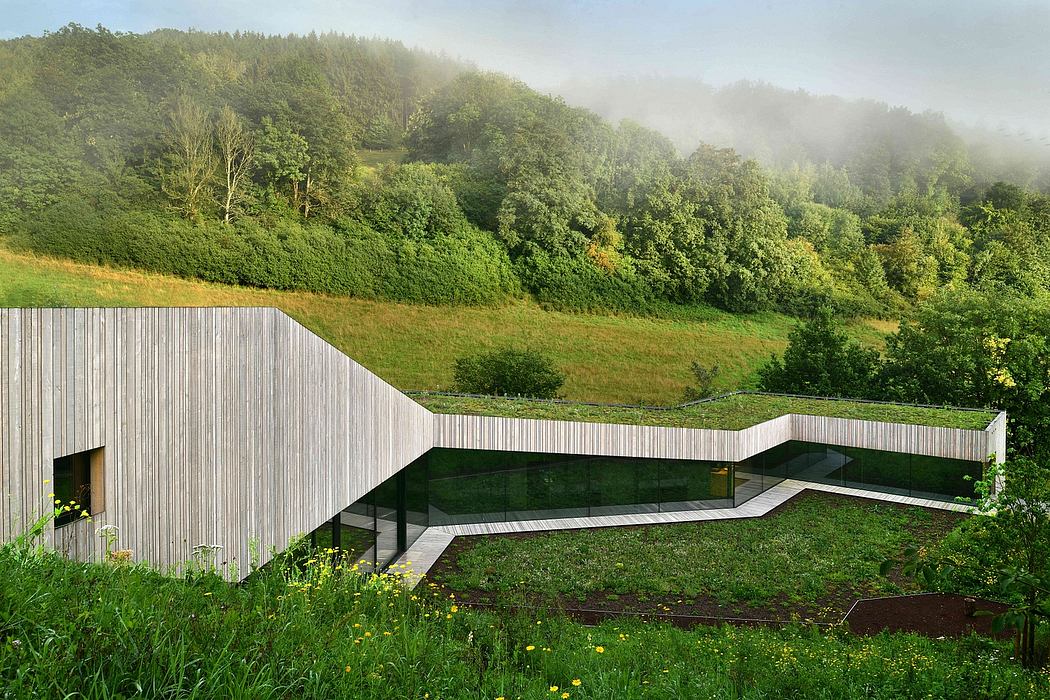Robots built this wild plastic pavilion

Made from 70,000 interlocking pieces The University of Stuttgart?s Institute for Computational Design (ICD) is known for its forward-looking architectural research?shape-shifting canopies built by drones and plywood pavilions constructed by robots to name just a couple of recent experiments. For its most recent pavilion, the students at the ICD have built a cave-like structure from 70,000 discreet ?granules.?
Institute for Computational Design
The 2018 Aggregate Pavilion was 10 years of research in the making. Students sought to learn how granular substances like sand and gravel could be applied on a larger architectural scale. Could loose individual parts come together to form a stable yet evolving whole" What would it look like for architectural materials to behave like sand and gravel"
Institute for Computational Design
The result" This structured mound of plastic parts that looks like a pile of high-design jacks. To construct the pavilion, the researchers arranged a series of yellow inflatable balls and used robots to dump the interlocking plastic pieces on top.
The balls, acting as a sort of formwork, dictate where the plastic pieces can and cannot go. When the balls are removed what?s left is a cavity inside the massive pile of plastic stars. Clever. Curious to see how it works" Watch the video below.
...
| -------------------------------- |
| Studio BooBoon designs a rollable LG television that doubles as a soundbar |
|
|












